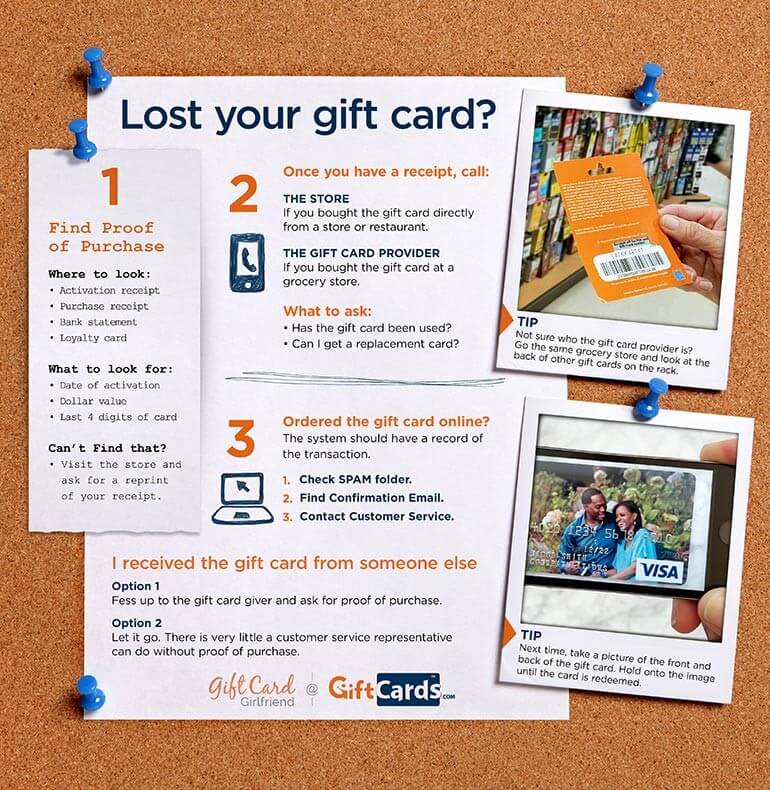Laser etching on glass can add colorful, personalized styles to a variety of products. This flexibility is just one of the key benefits of laser innovation over other engraving techniques.
Prior to you engrave your glass items with the laser, recognize a few common issues that can occur. These ideas will certainly aid you attain the most effective results possible.
How Laser Engraving Works
Laser engraving is a popular technique for etching and customizing products. It is a process that can be done on a wide array of products, consisting of glass, timber and steel. Laser inscribing equipments can generate really thorough layouts, with great lines and specific cuts. Utilizing this strategy, you can develop personalized honors and various other items that make certain to excite.
To attain the wanted outcomes, initially, you will certainly need to conceptualize the design. This will help you to decide what type of image or text you intend to inscribe externally. After that, you will certainly require to transform your idea into a digital graphic. This can be done with graphic layout software program, such as Adobe Illustrator or Inkscape, and afterwards conserved right into a data style that is compatible with your laser engraver.
Once the engraving documents are prepared, it is time to begin preparing the product for laser noting. This can be done by applying a black mask that is developed specifically for laser use. The dark shade of the mask mirrors laser light, and aids to lessen any type of warm that would or else harm the surface area.
Limiting Cracking
When the laser beam strikes the surface of glass it quickly warms the product up. The unexpected heating causes tiny cracks to the surface area. The fractures and fractures create the look of inscription, etching or frosted glass.
The varying make-ups of various kinds of glass can impact how the product responds to the laser. It is very important to thoroughly evaluate your laser settings on an example piece of glass before beginning a work. Exact focus is additionally critical for tidy, constant results.
To boost the high quality of your engravings attempt making use of a dark paper to safeguard the glass from the laser. The specialized dark paper has a covering that absorbs the laser power and enables the engraving to happen. The dark paper can be eliminated once the inscription is total. It is also advised to utilize a lower resolution and reduce the quantity of black in the graphics as this will help reduce micro-fracturing. A Jarvis dithering pattern can additionally be put on the visuals in the laser motorist settings to randomize and divide the dots of the style and further lower the quantity of micro-fracturing.
Preparing the Surface
Laser noting on glass and plastic provides a wide variety of useful uses, from item traceability (like day codes or lot numbers) to 3D noting within the material itself. It's also made use of for decoration and layout in industries like the automotive, food, and telecommunication markets.
Getting excellent results from laser inscription on glass depends partially on the preparation of the surface area. Keeping the material tidy of dust and oil helps the laser pass through deeper and far better. Concealing the surface with a paper towel or paper a little larger than the engraving location can also lower the effects of warmth on big areas, aiding to reduce damaging and enhance total etching top quality.
Design and laser control software program can likewise influence exactly how well the procedure works. Programs like Adobe Illustrator or Corel Attract help you develop and modify your layouts while programs like LightBurn or LaserGRBL control the laser's setups.
Getting Started
Laser etching on glass is fast and efficient, creating a high-end appearance that improves items and strengthens brand name identity. While some may watch out for dealing with this fragile material, a little time and persistence will certainly assist make certain stunning combining engraving and color outcomes.
Utilizing a commercial laser, you can add ornamental patterns, messages, or personalized styles to things like drinking glasses, containers, pitchers, and much more. The procedure is non-contact, reducing the danger of damage even on rounded or fragile surfaces.
To make best use of laser efficiency, you'll wish to invest some time explore the settings for your particular maker and glass type. Refining these settings will certainly decrease energy usage, boost overall etching top quality, and reduce the possibility of mistakes or damage. For example, you can boost the resolution and lower the black level of your graphics to utilize much less laser power. In a similar way, using a Jarvis dithering pattern will separate and randomize the dots in your graphics to even more minimize laser warmth usage.
